Trophic Organization in Coastal Systems
INTRODUCTION Food Webs and the Ecosystem Paradigm Trophodynamic Aspects of Ecosystem Processes Food Web Ecology in Coastal Systems Trophic Studies in the NE Gulf of Mexico THE NORTHEAST GULF OF MEXICO Background Drainage Basins Coastal Habitats Estuarine/Coastal Systems of the NE Gulf Perdido Bay System Pensacola Bay System Choctawhatchee Bay System Apalachicola Bay System Apalachee Bay System LONG-TERM STUDIES: NE GULF OF MEXICO Field Programs TROPHIC ORGANIZATION IN GULF COASTAL SYSTEMS Approaches to the Study of Trophodynamics Field Collections The Trophic Unit Feeding Variability Spatial Features of Trophic Response Temporal Features of Trophic Response Inadequacy of Species-level Designations in Ecological Studies Trophic Level Designations Trophic Unit Transformation STRUCTURAL COMPONENTS OF TROPHIC ORGANIZATION Infaunal Macroinvertebrates Descriptive Field Data Habitat Changes Spatial Variation Temporal Variation Predation experiments Physical Habitat Changes, Predation, and Food Web Relationships Effects of Toxic Agents on Trophic Relationships Long-Term Changes of Trophic Organization Habitat Background Biological Trends Trophic Relationships Dynamic Regression Models Long-Term Trends COASTAL PHYTOPLANKTON ORGANIZATION Freshwater Runoff and Primary Production The Perdido Drainage System Seasonal and Interannual River Flow Patterns Nutrient Loading Nutrient Concentration Gradients Nutrient Limitation Sediment/Water Quality Phytoplankton Changes in Perdido Bay Phytoplankton Changes in Wolf Bay FOOD WEB RESPONSE TO PLANKTON BLOOMS Introduction Habitat Trends in Perdido Bay Biomass Distribution and Species Richness Trophic Organization Future Analytical Directions COMPARATIVE ASPECTS OF TROPHIC ORGANIZATION Overfishing and Pollution in the NE Gulf Spatial Distribution of Food Web Components Spatial Patterns of Primary Productivity Herbivores Omnivores C1 Carnivores C2 Carnivores C3 Carnivores Comparative Aspects of Trophic Organization Temporal Distribution of Trophic Units Baywide Trends of Invertebrates and Fishes Trophic Indices REGULATION AND FOOD WEB FACTORS Pulp Mill Effluents and Food Web Dynamics (Apalachee Bay) Phytoplankton Organization in Apalachee Bay, Florida Mercury in the Penobscot River-Estuary, Maine Scientific Literature Food Web Dynamics of Mercury in the Penobscot System TROPHIC ORGANIZATION AND RESOURCE MANAGEMENT Resource Management: the Promise and the Reality The Apalachicola Experiment Freshwater Flows and the Apalachicola Resource Planning and Management Initiatives in the Apalachicola System ECOSYSTEM STUDIES: APPROACHES AND METHODS Ecosystem Research vs. Patch-Quilt Ecology An Alternate Approach to Ecosystem Studies Tier 1: Establishment of Research Goals Tier 2: Development of the Research Programs Tier 3: Development of Resource Management Programs Tier 4: Review of Research Activities Tier 5: Comparison with Other Systems Tier 6: Development of a Resource Management Program Tier 7: Application of Research Activities to Education CONCLUSIONS SUMMARY OF RESULTS APPENDIX I: Field/Laboratory Methods Used for the CARRMA Studies (1971 - 2002) APPENDIX II: Trophic Organization of Infaunal and Epibenthic Macroinvertebrates and Fishes APPENDIX III: Statistical Analysis Used in the Long-Term Studies of the Northeastern Gulf of Mexico (1971 - 2002) INDEX
{{comment.content}}
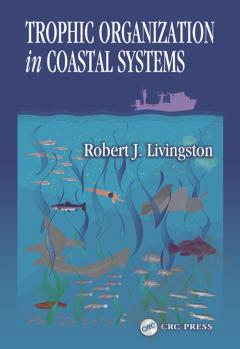
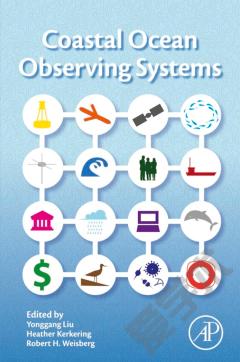
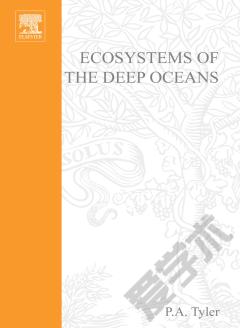
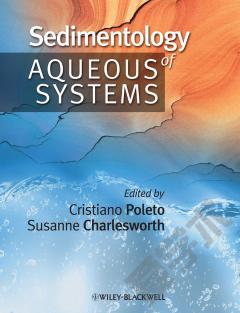


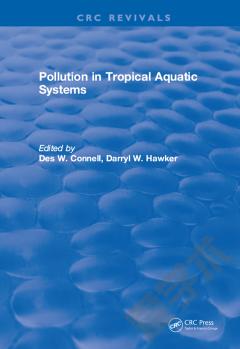

 京公网安备 11010802027623号
京公网安备 11010802027623号